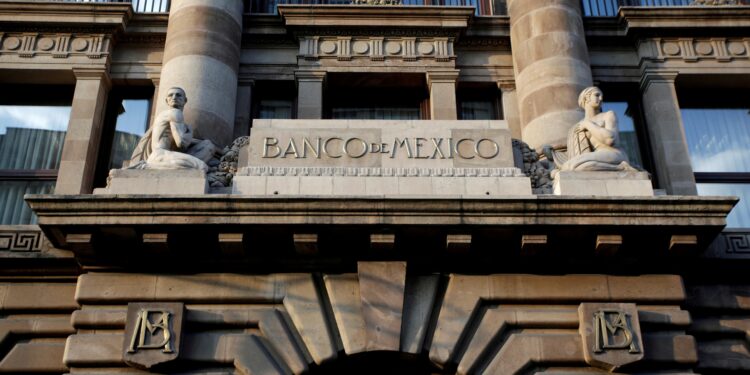Mexico’s Central Bank Responds to Economic Challenges with Interest Rate Reduction
In a pivotal decision reflecting the ongoing economic hurdles, Mexico’s central bank has opted to lower interest rates. This action highlights the increasing apprehension regarding trade disputes and sluggish domestic growth. The latest adjustment in monetary policy is designed to invigorate the economy amidst a climate of rising uncertainty, largely influenced by external trade factors. As inflation shows signs of stabilization and various economic indicators present a mixed outlook, the leadership at the central bank has issued warnings that vulnerabilities persist, potentially obstructing a strong recovery. This article explores the ramifications of this interest rate reduction while analyzing Mexico’s broader economic context as it navigates modern trade complexities and internal pressures.
Interest Rate Cut Sparks Mixed Reactions Among Economists
The recent interest rate cut by Mexico’s central bank has generated both optimism and concern among economists and market analysts alike. On one side, this reduction is perceived as an essential step towards stimulating economic activity in a nation facing slow growth rates. With inflationary pressures beginning to subside, there is hope that this will create an environment favorable for investment and consumer spending. However, officials have also pointed out significant caveats related to ongoing trade disputes and global economic uncertainties that could dampen these positive effects.
- Trade Disputes: Current tensions may adversely affect key export industries in Mexico.
- Poor Economic Indicators: Sluggish GDP growth raises concerns about future recovery prospects.
- Global Market Volatility: Fluctuations in international financial markets complicate fiscal strategies.
The implications of this interest rate cut are expected to unfold over time as we analyze its potential impacts on various sectors within the economy. The following table summarizes projected outcomes from this monetary policy shift:
| Projected Outcomes | Short-term Effects | Long-term Considerations |
|---|---|---|
| User Spending Trends | An increase anticipated due to lower borrowing costs | Sustainable growth reliant on market stability over time |
| Bidding Climate for Investments | A surge in business investments expected shortly after cut implementation | Cautious optimism dependent on resolution of trade conflicts |
| Possible uptick in employment opportunities | Long-term job creation tied closely with overall economic health |
Economic Challenges Amplified by Trade Tensions in Mexico
The Mexican central bank’s decision to reduce interest rates comes amid persistent challenges within its economy characterized by weak performance indicators exacerbated by escalating trade tensions with major partners like the United States. The assessment from banking officials underscores several critical issues affecting financial stability across sectors:
- < strong >Export Fluctuations: Ongoing disagreements have created uncertainty surrounding existing trade agreements.< / li >
- < strong >Inflationary Pressures: Consumer prices continue their erratic behavior complicating effective monetary policy implementation.< / li >
- < strong >Investment Decline: A noticeable drop-off in foreign direct investment hampers overall development efforts.< / li >
Navigating these challenges requires careful consideration moving forward; escalating conflicts could further strain vital sectors heavily reliant on U.S.-based markets. A recent overview detailing key economic indicators provides insight into current conditions:
| Indicator< / th > | Current Status< / th > | Year-on-Year Change< / th /> |
|---|
| Indicator | Current Status | Implications |
|---|
| Reduced By 0 .25 % | Encourages Borrowing While Reflecting Caution In Economy. |
| 5 .9 % | Indicates Rising Prices Affect Purchasing Power. |































